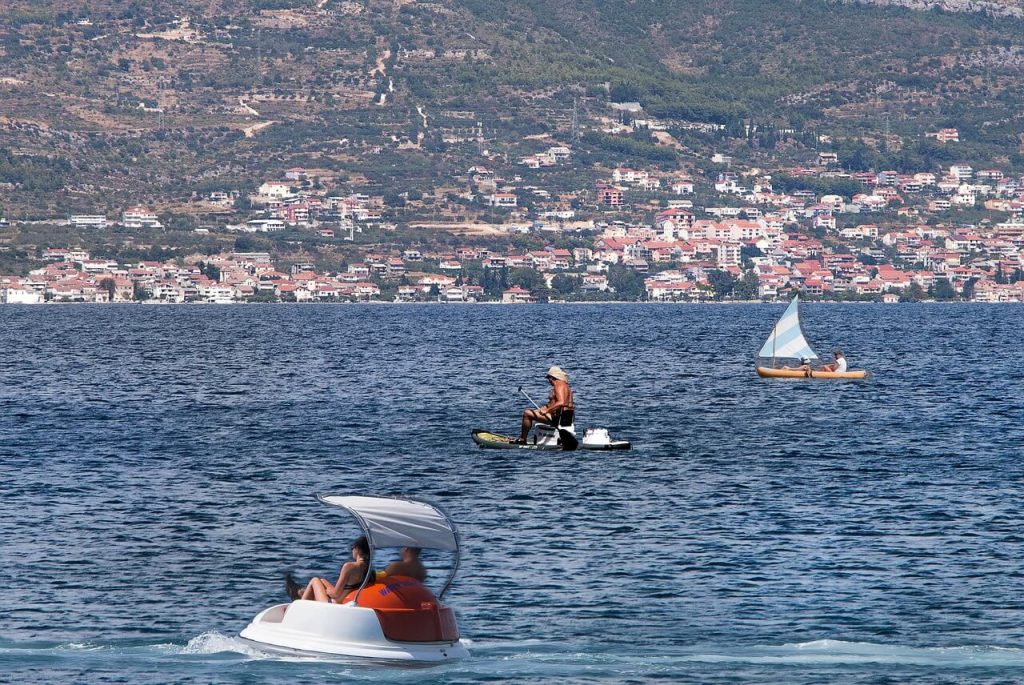Croatia’s economic recovery from the pandemic-induced recession is within reach as long as tourism picks up, S%P’s said in its outlook released on Tuesday.
It recalled that Croatia’s credit rating is ‘BBB-/A-3’, with a stable outlook.
Impact of COVID-19 pandemic blow to tourism
Croatia’s economy is expected to expand by 5.1% this year, S&P’s said in its latest outlook contracting Croatia’s estimated GDP growth by half a percentage point.
In 2020, the country’s GDP fell by 8.4% according to S&P’s forecast, however this is 0.4% percentage points less than it had forecast in its autumn outlook in September.
In 2022 the economy is expected to grow by 3.5%, and by 2.6% in 2023 and 2024.
S&P considers that mass vaccination against COVID-19 is a precondition for economic growth which will relieve travel restrictions hence boosting tourism.
Tourism in fact has been affected the most by the pandemic, causing GDP to contract by more than 8% in 2020.
“This highlighted vulnerabilities due to Croatia being one of the most-tourism dependent sovereigns in Europe,” S&P’s said, adding that “despite prospects of a dynamic summer season, we assume that the tourism sector won’t fully recover to the record pre-pandemic numbers over the coming two years.”
Strong protection mechanism
Even though this has left its mark on the balance of payments, Croatia still has strong protection mechanisms against potential external pressure with its high foreign reserves and its swap line with the European Central Bank.
Also, Croatia entered the pandemic period with an improved budget situation and the government could reach out to strong fiscal support measures to relieve the consequences of the pandemic on the labour market.
The budget deficit to GDP this year will amount to 2.9%, which is 0.1 percentage points better than the autumn outlook.
In 2020 the budget deficit amounted to 7.8% of GDP or 1.4 percentage points more than estimated last September.
Next year that deficit could be reduced to 2.0% of GDP and to 1.5% in 2023.
S&P’s underlined Croatia’s plan for “quick euro adoption is Croatia’s key policy goal, after last year’s entry into the Exchange Rate Mechanism (ERM II).”
Favourable financing conditions
Due to the pandemic, public debt jumped to a record 88% of GDP in 2020, “however, the government’s debt profile benefitted from historically low funding costs and extended debt maturities.”
This year it is expected to fall to 84.3% of GDP and below 80% again in 2024.
“We could lower the ratings on Croatia if, contrary to our expectations, external financing pressure was to build or if public finances failed to recover over the coming two to three years, pushing public debt up,” S&P said.
The report recalls that Croatia is also entitled to ample EU funds under various envelopes including Next Generation EU and the Recovery and Resilience Facility in the coming years, which will probably contribute to economic recovery.
Additional support should be available for reconstruction efforts following the earthquakes that hit Zagreb in March 2020 and Sisak-Moslavina County in December 2020.
“Net inflows from the EU budget could also support fiscal buffers without unduly constraining investments, which underpins the importance of efficient preparation and the absorption of available funds,” S&P’s report notes.
For more about business in Croatia, follow TCN’s dedicated page.











